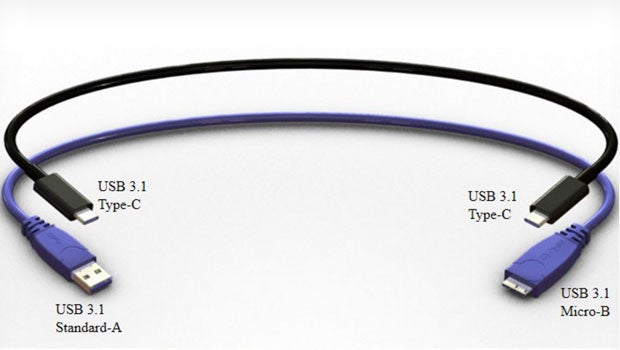The reversible USB cable design has been finalised

The days of fiddling with USB attachments could soon be over, as designs are finalised on the new, reversible, USB Type-C cable.
Having been in the works for some time now, the reversible cable will eventually replace the current USB standard, which only works when inserted the correct way.
That means you can plug an external hard drive or other peripheral into your computer without having to faff around getting it exactly the right way around .
The new USB Type-C is smaller than the current type, about the size of the existing microUSB connector. What’s more, it resembles Apple’s Lightning port offering, which is also reversible.
According to its designers, the Type-C is small enough for mobiles but “robust enough for laptops and tablets”.
We’ll have to wait before we can use it, however. It won’t work with current USB ports, so you’ll have to buy all new devices before it becomes compatible. We’re sure someone will invent an adapter pretty soon though.
The new cable (USB 3.1) supports data transfers at up to 10Gbps, which is twice as fast as USB 3.0.
“Interest in the USB Type-C connector has not only been global, but cross-industry as well,” said Brad Saunders, USB 3.0 Promoter Group Chairman.
“Representatives from the PC, mobile, automotive and IoT industries have been knocking down our door anticipating this new standard. This specification is the culmination of an extensive, cooperative effort among industry leaders to standardise the next generation USB connector as a long-lasting, robust solution.”
Hewlett-Packard, Intel, Microsoft, Renesas, STMicroelectronics and Texas Instruments are all part of the group responsible for developing the new cable and connector.

